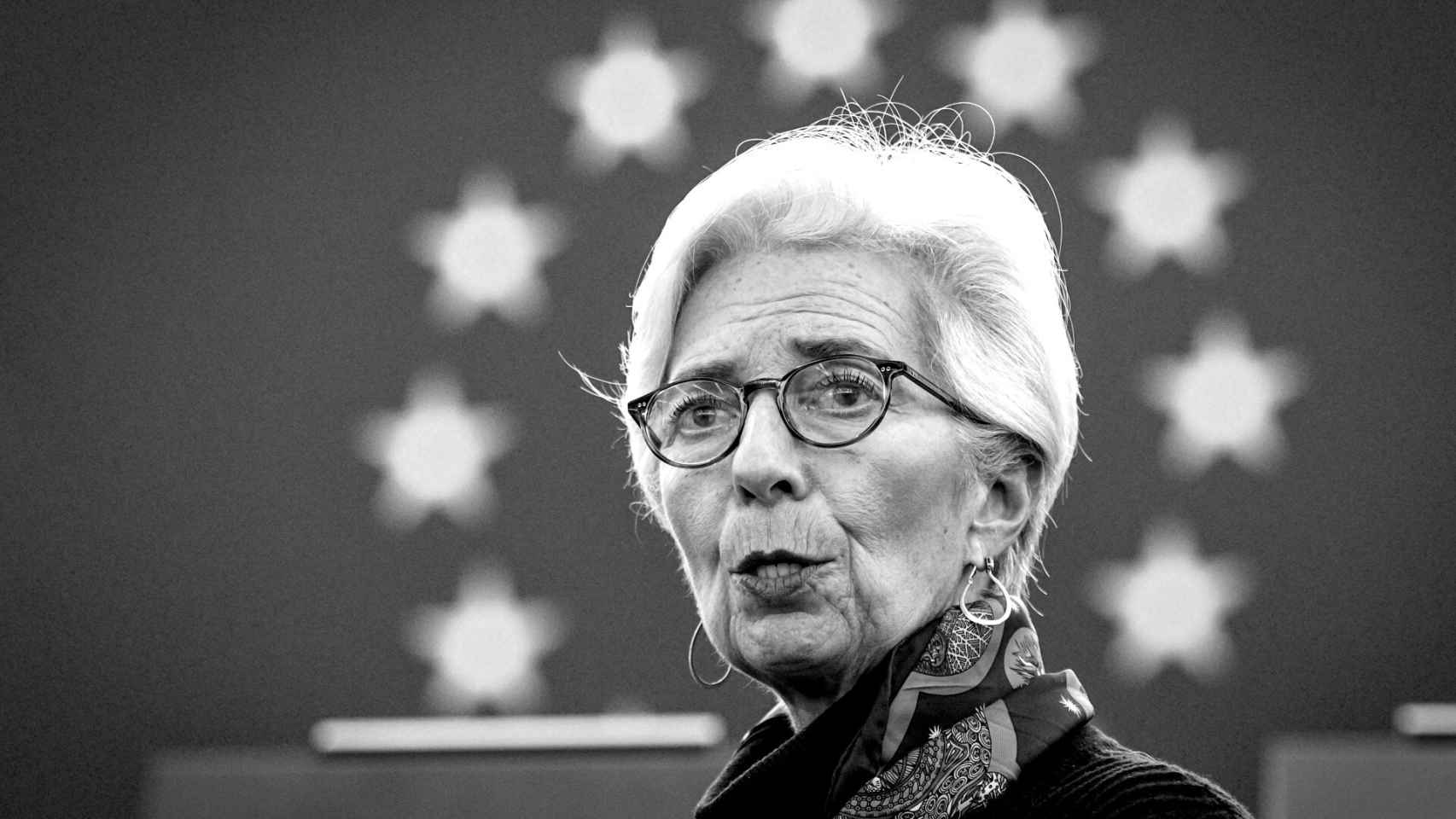Investors have already set their agendas on December 16 to be very attentive to the decisions of the ECB that day. The Governing Council this Thursday did not deliver surprises, without changes in interest rates, with an increase in growth forecasts, and the expected announcement of a “moderately slower pace of net asset purchases”. Big decisions are left for your last meeting of the year.
The president Lagarde He did not specify the figure, but we expect it to go from the average of 80,000 million euros per month of the two previous quarters to the rate close to 65,000 million per month at the beginning of 2021.
Of course, he emphasized that this movement should not be considered as a drastic adjustment but as a mere recalibration that reflects the improvement of economic and financial conditions.
As every quarter, the forecast report was also published, which raises GDP growth in the euro zone from 4.6% to 5.0% this year and lowers it one tenth to 4.6% in 2022. Despite the recent price increases (driven by factors considered transitory) and a more vigorous recovery, expected inflation only rises three tenths in 2021 to 2.2% and two tenths in 2022 to 1.7%.
Most relevant for monetary policy is that the ECB expects inflation to return to 1.5% in 2023, well below its “symmetric” target of 2%. Following the reformulation of its strategy this summer, this augurs extend bond purchases next year and would rule out rate hikes until at least 2024.
Lagarde responded repeatedly at the press conference that will be on December 16 when several relevant decisions are made. The main one is what the ECB will do when the Pandemic Emergency Purchase Program (PEPP) is exhausted in March 2022.
If the economic recovery progresses as expected – with the GDP of the euro zone having already exceeded the pre-pandemic level by then – it is most likely that it will not be extended, but rather will be relieved by the regular purchasing program (APP) with a monthly rhythm increased from the current 20 billion about double.
The ECB will decide on December 16 how it will reduce its bond purchases and if it will continue to inject liquidity into the banks
He also promised to decide that day what continuity to give to the TLTRO, the “liquidity free bar” that remunerates banks up to 1% of the amount drawn with the sole condition that they do not allow their non-mortgage loan portfolios to decline. It will be important that some mechanism be established to avoid a sudden drop in the liquidity available in the system when the entities have to return the more than two trillion euros obtained from the TLTRO.
Given the inflation outlook in the euro zone, the ECB will continue to buy bonds at the end of 2022, when many other central banks have ended their quantitative easing.
UBS does not anticipate that it will raise rates before 2024, only to place them only in symbolically positive territory by 2025, if the economic cycle continues until then. I know will thus perpetuate the invisible Tax on Wealth that involve interest rates so lower than inflation.
The conclusions for financial markets seem clear. European debt curves will remain depressed and risk premiums anesthetized, as the ECB still in 2022 will absorb most of the new debt issued.
As the Federal Reserve will be several steps ahead of the ECB, the euro will tend to weaken next year, and it would be advisable to undo hedging if it were to exceed 1.20 euro / dollar in the coming months.
If the pandemic and geopolitical tensions do not prevent it, financing conditions for governments, households and companies will continue to be very favorable for several more years, contributing to the economic recovery, the containment of the public deficit and the good performance of the real estate markets. and stock market.
*** Roberto Scholtes is Director of Strategy at UBS in Spain.
Follow the topics that interest you
Reference-www.elespanol.com
